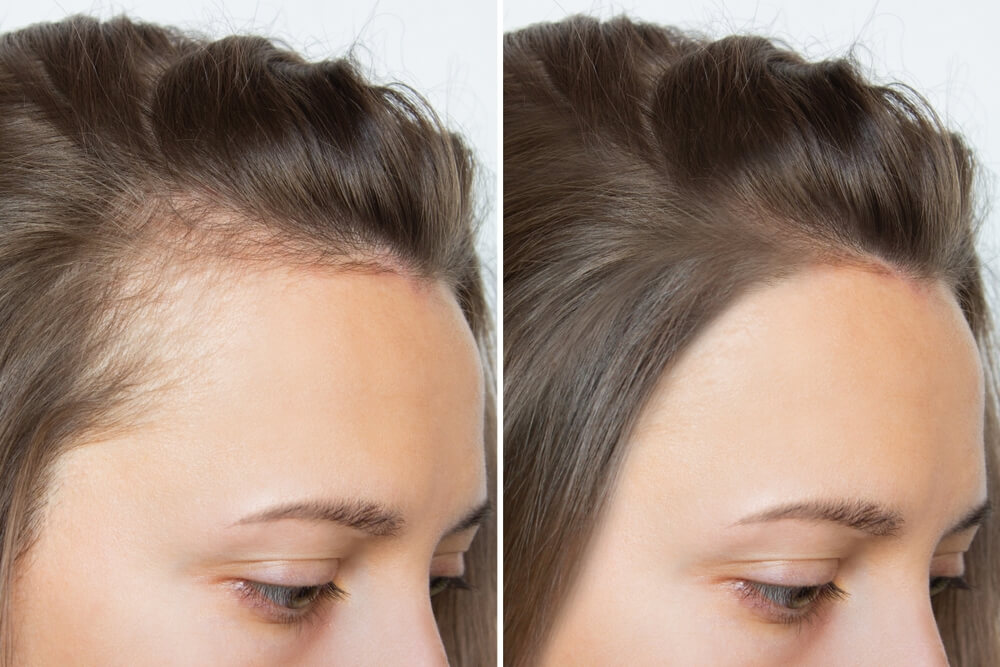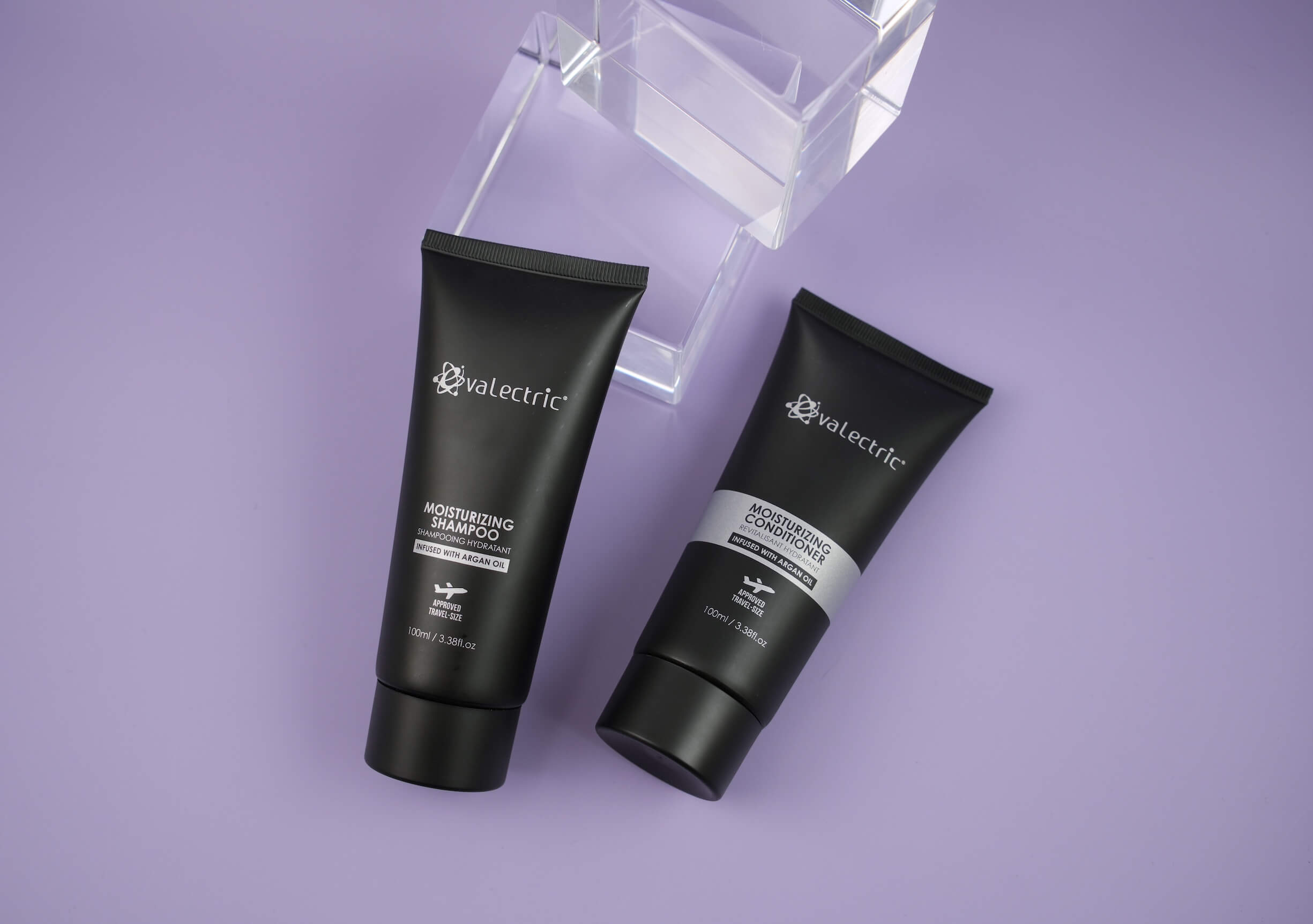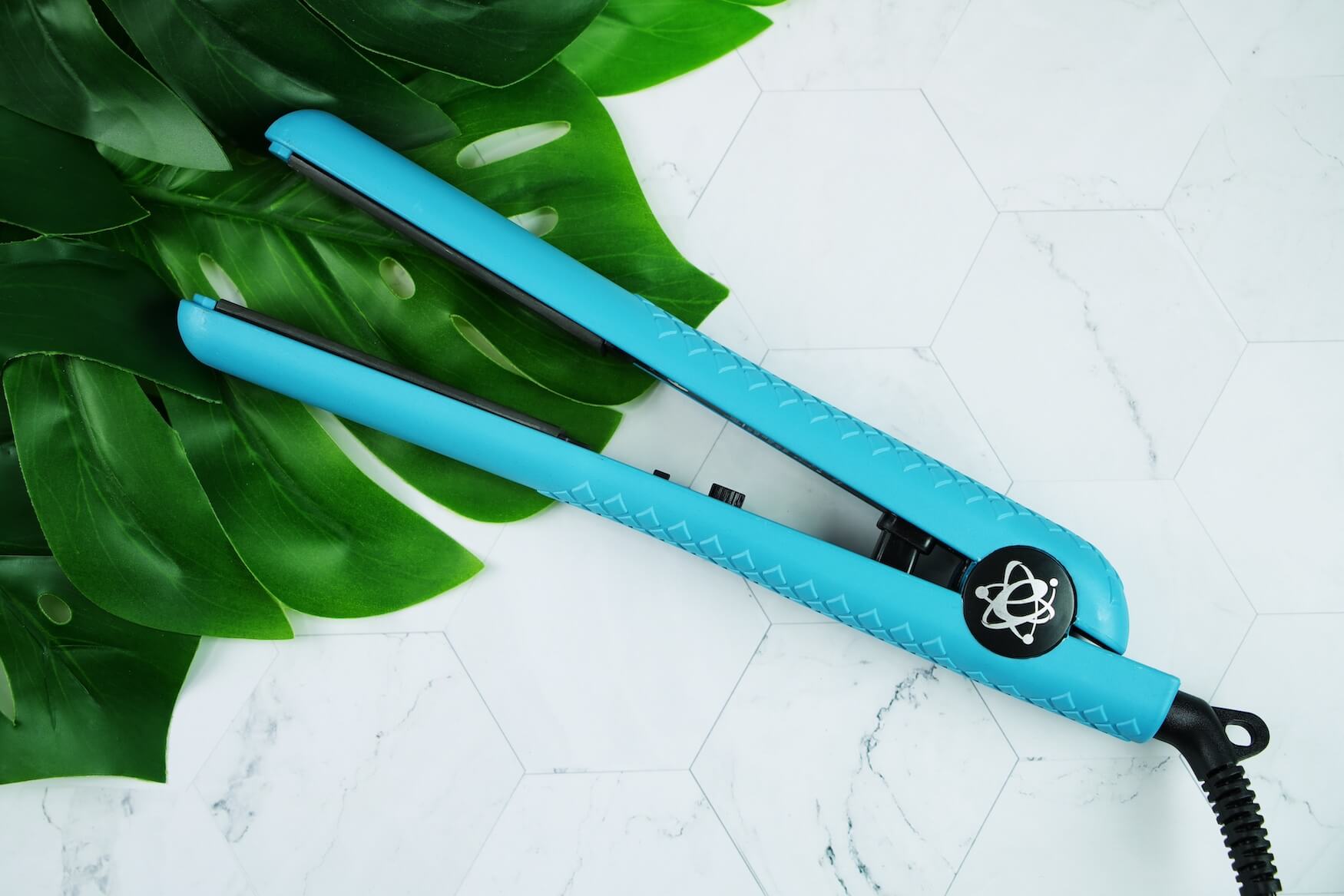The Science Behind Hair Growth: What You Should Know

Wishing that your hair would grow faster or thicker? While there are plenty of products out there that claim to be able to help with this, you’ll likely end up disappointed by the majority. Sure, they may help your hair to look thicker and fuller but they won’t actually affect the hair growth cycle in any way.
Instead, if you want to establish some control over your hair growth rate, it’s important to understand how that cycle actually works. So, read on as Evalectric talks you through everything you need to know about the science behind hair growth.
The Four Stages of the Hair Growth Cycle
There are four main stages to the hair growth (and hair loss) cycle. Each stage has its own unique timeline. This influences how quickly, as well as how long, your hair grows.
Let’s take a closer look at each of the four stages:
Stage 1: The Anagen Phase
The anagen phase is the start of hair growth. This is when your blood supplies your hair follicles with all of the nutrients that they need to begin pushing out hairs.
The anagen phase usually lasts for between three to five years, although this can sometimes increase to seven years for people of Asian descent. Either way, this phase determines how long your hair grows. On average, hair grows at a rate of around six inches per year. If your anagen phase lasts for five years, your hair will grow longer than someone whose anagen phase only lasts for three years.
What determines the length of your anagen phase? Primarily, genetics. The hair growth cycle is largely hereditary, although there are other factors, which we’ll discuss in more detail later, that can also affect this. In any case, research suggests that at any point in time, around 90% of the hairs on your head will be in the anagen phase.
Stage 2: The Catagen Phase
Once your hair reaches the end of the anagen phase, meaning that it has grown as long as it is able to, it enters the catagen phase. This stage is much shorter – it only lasts for about ten days.
During the catagen phase, the hair follicles that have spent the last few years growing hairs will now start to shrink. This causes those individual hairs to detach from the bottom part of each hair follicle, which is where the cells and blood supply that are responsible for hair growth can be found. Due to this detachment, those hairs lose access to growth-inducing nutrients. As a result, hair growth significantly slows down.
Usually, about 3-5% of your hair will be in the catagen phase at any one time.
Stage 3: The Telogen Phase
The telogen phase is also known as the resting phase in the hair growth cycle. Why? Because at this point, hair growth has stopped but those hairs don’t fall out either.
Instead, during the telogen phase, your older hairs rest on your scalp while the hair follicles that have just released them start to create new hairs underneath.
This stage of the hair growth cycle usually lasts for just over three months.
Stage 4: The Exogen Phase
The fourth stage of the hair growth cycle, the exogen phase, is often grouped together with the telogen phase. This is when those hairs that have detached from their hair follicles and have spent the last few months resting are now shed from the scalp. Brushing your hair, washing your locks, or any other type of movement can also cause those resting hairs to fall out.
During the exogen stage, which can last from between two to five months, losing around 50-100 hairs a day is completely normal. Don’t worry though – this isn’t going to leave you with bald patches! As your old hairs fall away during this stage, other hair follicles will go through the anagen phase, meaning that there will be plenty of new hairs growing to replace those old ones being shed.
Encouraging a Healthy and Steady Hair Growth Cycle
Although genetics play a key role in the hair growth cycle, your lifestyle choices can have a big effect on this too. Here are a few points to keep in mind if you want to encourage your hair to grow as much as possible:
Nutrition is Vital
One of the most effective ways to influence the hair growth cycle is through your diet. After all, you are what you eat, and this applies to your hair too. The food that you eat is used by your body to grow new hairs in the anagen phase. Give your hair follicles the nutrients that they need and they’ll be able to do this more effectively.
What does this actually mean in terms of the foods you should be eating?
A healthy and balanced diet is key. Seek out whole foods that offer plenty of vitamins A, C, D, and E. You should also be prioritizing foods that contain high amounts of zinc, biotin, protein, essential fatty acids, iron, and antioxidants. These are the nutrients used by your hair follicles to produce and grow new hairs. This means eating more foods such as:
- Fruits, especially berries
- Nuts and seeds
- Fish
- Dark green vegetables
- Low-fat dairy products
- Legumes
What about taking supplements instead? These can be helpful if you’re seriously struggling to obtain all of the necessary hair growth nutrients through your diet alone. However, whole foods are, without a doubt, the better option. Your body is better equipped to handle nutrients in their whole and unprocessed forms.
Of course, in addition to focusing on the foods that you should be eating, you need to also keep in mind that certain foods can inhibit the hair growth cycle. The following should be avoided as much as possible:
- Alcohol and sugary drinks
- Foods containing refined sugars
- Refined carbohydrates, such as white bread and pasta
- Deep-fried and greasy foods, including fast food
Hair Care Makes a Difference

The hair care products that you use can influence hair growth too. While they won’t directly speed this up, using hair care products to cater to the specific needs of your hair will help it, along with your hair follicles, to feel as healthy as possible.
This starts with your shampoo and conditioner; products that are used on a very regular basis. Ideally, you want yours to be able to topically supplement your scalp and strands with key nutrients. Where can you find products like that? Right here! The Evalectric Moisturizing Shampoo and the Evalectric Moisturizing Conditioner are both infused with argan oil. This plant oil is loaded with essential fatty acids, antioxidants, and vitamin E. These are all crucial components of the hair growth cycle.
You should also be using hair care products to address any issues that your strands may be facing. For example, if dehydration is an issue for you, add a hydrating hair serum, like the Evalectric Hair Serum, to your hair care routine. Hydration is an essential part of the hair growth process. Helping to boost your hair’s hydration levels will leave it feeling much healthier and more capable of achieving maximum growth.
Heat Can Help and Hinder

Now, let’s talk about heat. Firstly, heat from the sun. The warmer months actually stimulate circulation, meaning that your hair follicles receive a greater amount of nutrients and oxygen. This is why hair grows a little faster in the summer than it does in the winter.
At the same time, too much sun can contribute to damage and hair loss. So, although the general warmth around you may be beneficial for your hair, you’ll still need to protect your locks from the harm that UV rays can cause. Whether this means donning a hat, applying hair SPF, or spending more time in the shade, sun damage needs to be avoided if you want to maintain an optimum hair growth cycle.
Of course, heat can come from other sources too, such as heated styling tools. Chances are that you already know that this type of heat can spell bad news for your mane. If you don’t want to stop heat styling your locks, opt for styling tools that come with an adjustable temperature, like the Classic Styler range from Evalectric. Although you’ll still be exposing your hair to heat, this won’t be as scorching and damaging as a styling tool that only offers a single, high temperature.
Stress Should Be Avoided
You’re probably already well aware of how bad stress can be for your mind and body. However, did you know that stress can affect the hair growth cycle too?
Stress can cause the hair to prematurely enter the telogen phase of the hair growth cycle. This means that it stops growing and starts resting, getting ready to be shed. If stress is a regular part of your life, you’ll be consistently putting a stop to the anagen phase earlier than necessary. This will affect how long your hair is able to grow.
With stress being so detrimental to a person’s health in other ways too, it’s worth trying to keep your stress levels as low as possible. Sure, this may be easier said than done but, with some extra effort, you’ll be able to gain some control over your stress levels. Try experimenting with some of the proven stress-busting techniques out there, such as writing in a journal, deep breathing, meditation, exercising, or listening to calming music. While they won’t all work for you, some will. Figure out which ones do and you’ll have a few methods to turn to whenever you start to feel overly stressed.
Summary
While the hair growth cycle may, at first, seem complex, breaking it down into its four stages makes it much easier to understand. The anagen phase is the main hair growth stage, meaning that you want this to last for as long as possible if you’re hoping to gain some extra length. Follow the tips that we’ve shared above and you’ll be able to encourage just that, ensuring that your hair is able to grow happily and optimally.
Click here to pamper your locks with more bestselling products from Evalectric.






